
Contact Us
Get in touch with us using the form or details below. We look forward to hearing from you!
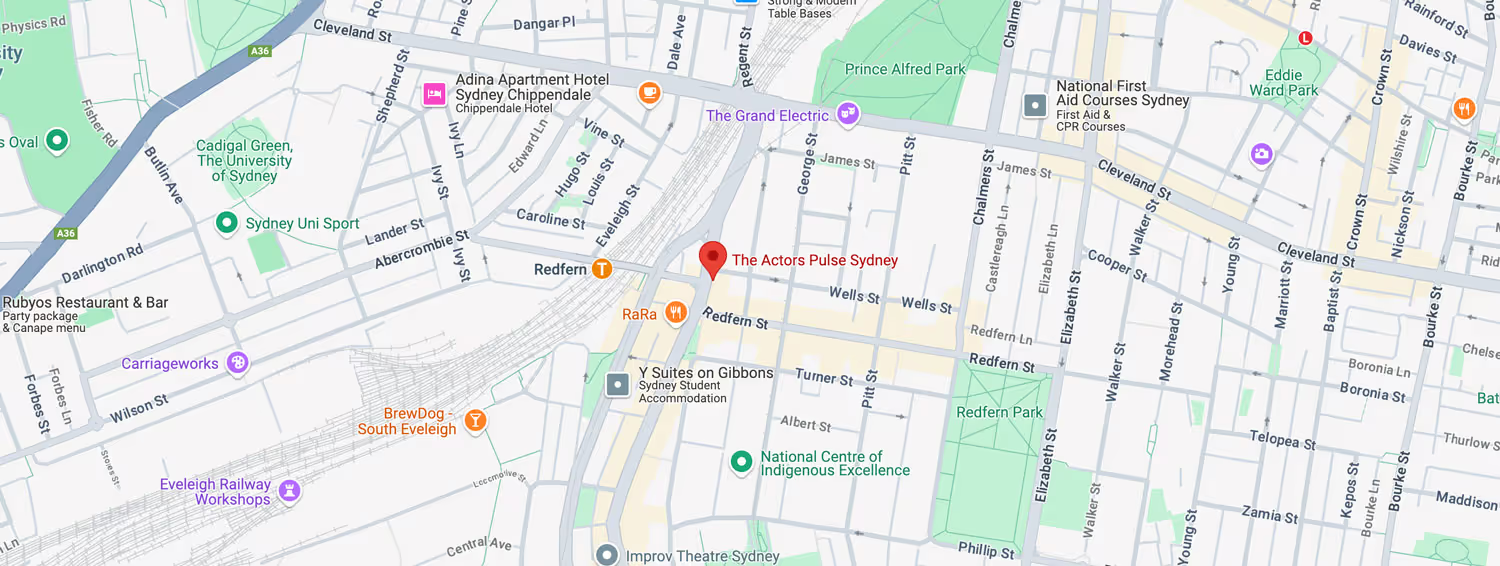
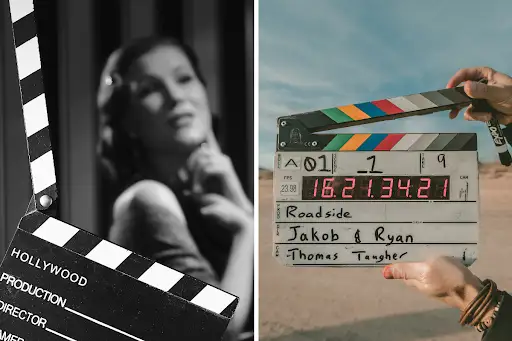
There’s no denying that modern film acting is vastly different to the acting seen during the Golden Age of Hollywood. Compare any modern film against those made in the 1930s, 1940s or earlier and you can see a huge shift in the ‘realness’ of the acting.
Why is this? Is it down to a difference in technique, culture, medium or something else?
To better understand the progression of acting, it’s necessary to better understand the history behind it.
Let’s take a look.
The earliest stage productions involving professional acting are thought to have begun in Italy during the 16th Century. However, acting has been around since as early as 534 BC in Greece.
Prior to the 16th Century European productions, actors were limited in their expression, using rhetorical speech and gestures to interpret the text for an audience. Gradually, the idea that a character could be an extension of the actor’s own personality or more elastic in their performance took hold.
While this personality may have been easy enough to demonstrate on stage, this did not readily transfer to the film industry.
As we know, early films were silent. This meant that to communicate the narrative, plot elements and emotion visually, the physicality of acting became more exaggerated. Facial features and body language became essential to portraying meaning to audiences.
The melodramatic acting seen in silent films was often delivered by Vaudeville stage actors and was not always appreciated.
Director Marshall Neilan in 1917 actually declared “The sooner the stage people who have come into pictures get out, the better for the pictures.” A feeling that was beginning to be prevalent among viewers too who craved a more natural on-screen presence.
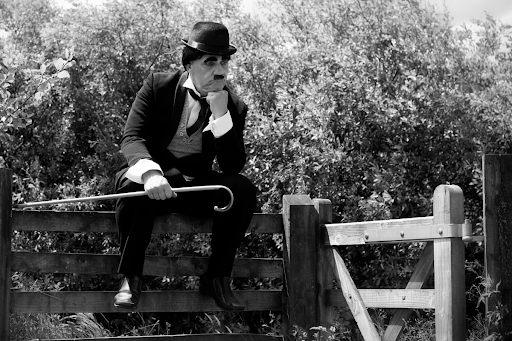
With the emergence of talkies, filmmaking quickly developed and the Golden Age of Hollywood began. However, naturalness in acting remained elusive. Why? There are a few reasons.
Many actors in this period shifted to screen from theatre. As we know facial expression plays a large role in theatre acting, whereas in screen acting vocal expression is more important than theatrics.
Many of these actors struggled to replace their relationship with a live audience with a relationship with the camera. For this reason, over-dramatized and less believable on-screen performances were common.
During this period the ‘Mid-Atlantic accent’ was adopted by several famous actors including Katharine Hepburn and Cary Grant. An unusual hybrid of American and British accents, it softened vowels and dropped ‘R’ sounds.
An accent that doesn’t seem to exist anywhere outside Hollywood, this was believed to convey a level of sophistication or wealth. While it may have achieved that goal, it certainly didn’t add to the believability of their acting
Films at this time were heavily censored. Developed around Catholic theology, moral guidelines for filming included no excessive drinking on screen, no nudity, no sex scenes, no relationships between different races, no drug use and more.
This severely limited the scope of films made or topics explored. Actors were expected to stick to a censored narrative that limited their creativity within a role.
The Production Code Administration (PCA) had to approve every line of dialogue, costume and even promotional posters – if you didn’t adhere, your movie couldn’t be made.
Not only has acting developed and changed dramatically over the decades but so has technology. We are capable of capturing so much more nuance in an actor’s performance through filming techniques alone, where ‘over-acting’ is now simply not necessary.
Even without modern filming equipment, techniques used during this period greatly underestimated the intimacy the camera was capable of and so acting had to fill the spaces in the narrative where the camera positioning could not.
It’s not all down to the actors abilities or filming constraints, actors and studios also had to deliver films that met audience expectations. In modern films, we are expecting realistic storylines, out-of-this-world CGI and a total escape from the world we live in.
Audiences in the Golden Age expected a particular narrative popular during this time and a sense of innocence, high moral standards and obvious dramatic flair were something the audience enjoyed. They weren’t expecting anything realistic, they just wanted an experience.
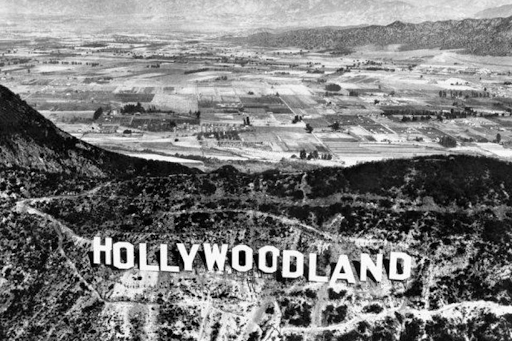
Current filmmaking has come a long way. Not only do we relentlessly pursue more and more advanced filming techniques for the most immersive visual experience, but we expect greater things from our actors.
We want absolute believability from an actor in a role, to the point that we forget they’re an actor. Failure to act to these standards will see actors’ skills lambasted by critics and their roles in future films diminished.
Audiences have no issue with seeing an actor portray dark, emotionally wrenching roles where they are far from glamorous. In fact, we appreciate this more.
The Golden Age was all about glamour and escaping the everyday. Sure, we want to escape still but we love seeing real-life scenarios mirrored on screen with nothing censored. We are often emotionally invested in these films and have a visceral response to what we are seeing – we cry, we perspire and our heart rate climbs.
This relies heavily on the skill and techniques the actors possess. This most often means training in method acting or the Meisner technique which emerged towards the close of the Golden Age. The latter is focused on a more instinctive, natural approach to acting and is one of the leading techniques actors train in today.
If becoming a natural, believable actor far removed from the stilted performances of the Golden Age is your goal, the Meisner technique is for you.
The Actors Pulse, located in Sydney, Australia is the leading school for the Meisner technique in the Southern Hemisphere. We support actors of all ages and experience levels to hone their skills for a modern audience seeking natural, engaging and believable on-screen performances.
With a variety of classes available, delivered by experts in their field, The Actors Pulse is the ideal choice for any actor seeking to enhance their performance. Contact us to enquire about acting classes in Sydney today.
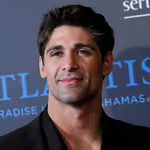
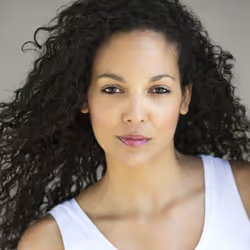
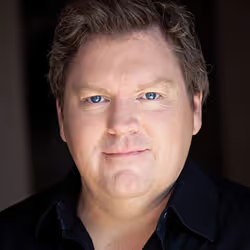
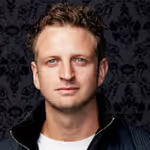

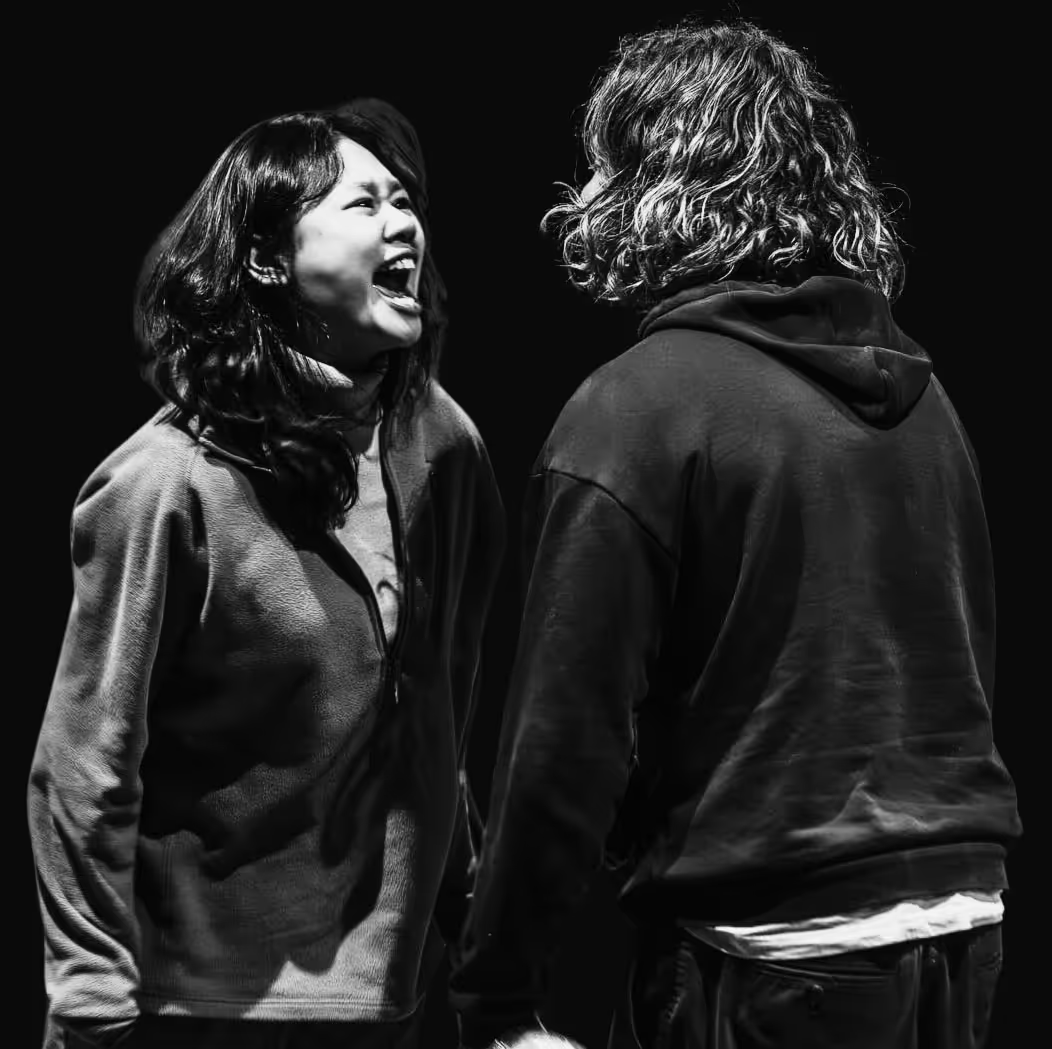



Get in touch with us using the form or details below. We look forward to hearing from you!
